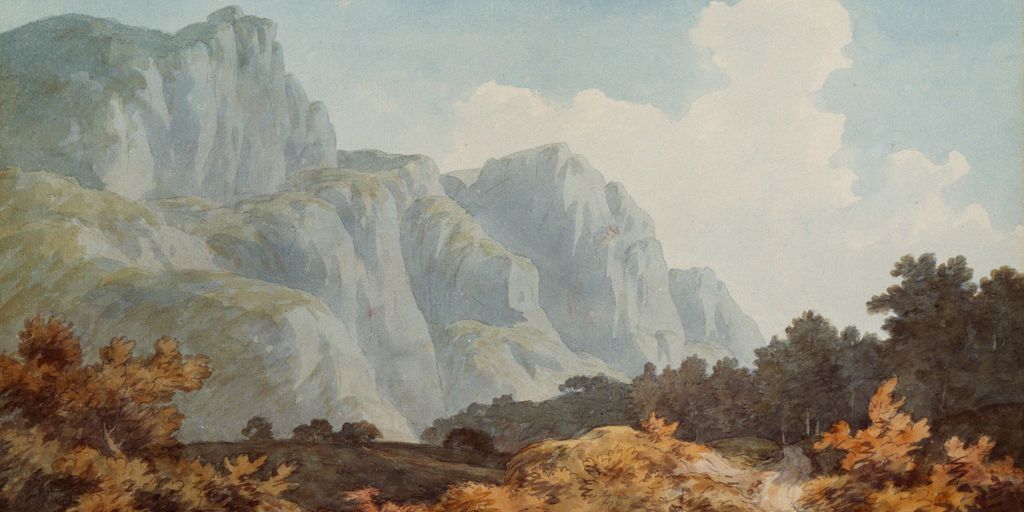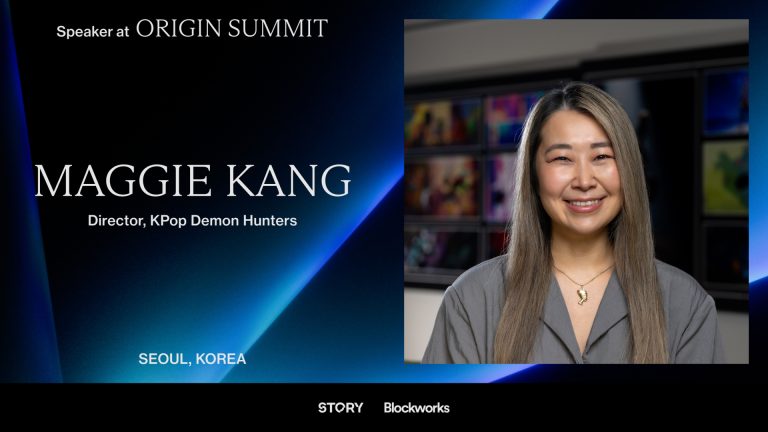
Painting and art can be a fulfilling and therapeutic hobby for beginners and experienced artists alike. This ultimate guide will walk you through the essential materials, basic techniques, and key concepts needed to start your artistic journey. Whether you’re interested in traditional painting or digital art, this guide has something for everyone.
Key Takeaways
- Understand the essential materials and tools required for painting and art.
- Learn basic techniques such as holding a brush, blending colors, and creating textures.
- Explore the fundamentals of color theory and how to mix colors effectively.
- Discover how to develop your own artistic style and create a consistent body of work.
- Gain insights into digital painting and the advantages it offers over traditional methods.
Essential Materials for Painting and Art
Starting your painting journey requires the right materials. Investing in quality supplies can make a significant difference in your artwork’s outcome. Here’s a breakdown of what you need to get started.
Mastering Basic Techniques
How to Hold and Use a Brush
Proper brush handling is crucial for achieving desired effects in your artwork. Hold the brush like a pencil for detailed work and grip it further back for broader strokes. Experiment with different grips to find what works best for you.
Blending and Layering Colors
Blending and layering are essential techniques for adding depth and dimension to your paintings. Start with a base color and gradually add layers, blending as you go. Use a dry brush for soft transitions and a wet brush for more intense blending.
Mastering these techniques will elevate your painting skills and help you create more dynamic and visually appealing artwork.
Creating Textures and Patterns
Creating textures and patterns can add interest and complexity to your paintings. Use different tools like sponges, palette knives, and even household items to create unique textures. Experiment with various techniques to discover new ways to enhance your artwork.
Exploring Color Theory
To begin your color adventure, start with a basic set of primary colors: red, blue, and yellow. These three amigos will be your foundation. By combining and experimenting with different proportions of your primary colors, you’ll unlock a world of possibilities. Secondary colors are created by mixing two primary colors, while tertiary colors are the offspring of primary and secondary colors getting all cozy and creating beautiful hybrids.
The color wheel is a guide, not a strict rule. It helps you understand the relationships between colors and discover harmonious blends. Feel free to experiment and trust your artistic intuition. As you gain experience and confidence with color, you can explore more complex color relationships and create unique palettes that reflect your personal style.
Colors have the power to evoke emotions, set moods, and tell stories in ways that words sometimes struggle to express.
Practice painting with colors by creating color studies. Experiment with different color combinations and observe their interactions. This will help you see how colors behave when placed side by side, aiding in understanding their relationships. Here’s how to practice with color studies:
- Start with a limited palette
- Mix colors in different proportions
- Observe the results and take notes
Remember, color harmony is subjective. The beauty of color mixing is that you become the alchemist, creating your own unique shades and tones.
Developing Your Own Style
Finding Inspiration
Finding inspiration is the first step in developing your own style. Look around you—modern fashion draws inspiration from classical art, fine art influences personal style and home decor, fashion icons define modern elegance, and art plays a significant role in contemporary fashion trends. Keep a sketchbook to jot down ideas and sketch out concepts. This will help you narrow down your art style in the beginning.
Experimenting with Different Mediums
Don’t be afraid to experiment and take risks. Follow your intuition as you explore new artistic territories. This is where the magic happens—where your artwork evolves and grows in ways you never imagined. Embracing your unique vision is what makes your art truly captivating and authentic.
Creating a Consistent Body of Work
The more you create and reflect on your artwork, the more you’ll develop a deeper understanding of your artistic instincts. Take the time to reflect on your finished pieces. What worked well? What could be improved?
Growth as an artist comes from embracing your intuition, learning from your experiences, and constantly refining your skills.
To create a consistent body of work, practice regularly and set achievable goals. This will help you develop a consistent art practice schedule and refine your unique style over time.
Digital Painting for Beginners
Digital painting opens up a world of possibilities for artists. All at your fingers tips instantly. To begin, you’ll need a digital tablet, a stylus, and painting software like Adobe Photoshop or Procreate. These tools will help you create stunning digital artwork with ease.
Mastering the basics is crucial. Start with understanding the fundamentals of lighting, form, color, and edge control. These are the most important part of creating professional art. Practice painting different materials and objects, such as metal, water, and trees, to build your skills.
Digital painting allows you to experiment without the fear of making permanent mistakes. This flexibility can significantly boost your creativity and confidence.
Digital painting offers several advantages over traditional methods:
- Undo mistakes: Easily correct errors without ruining your work.
- Layering: Work on different elements separately for better control.
- Versatility: Access a wide range of brushes and effects.
These benefits make digital painting an attractive option for beginners and experienced artists alike.
Understanding Composition in Art
The Rule of Thirds
The Rule of Thirds is a fundamental principle in art composition. By dividing your canvas into a 3×3 grid, you can place key elements along these lines or at their intersections to create a balanced and engaging piece. This technique helps in avoiding the placement of a single figure in the center, which can often make the artwork look static and uninteresting.
Balancing Elements in Your Artwork
Balance is crucial in creating captivating artwork. It involves distributing visual weight across your canvas to achieve harmony. You can balance elements by using contrasting colors, varying shapes, and strategic placement. For instance, placing a large object on one side can be balanced by several smaller objects on the opposite side.
Composition is where you place things, and how they relate to each other.
Using Leading Lines and Focal Points
Leading lines guide the viewer’s eye through the artwork, creating a sense of movement and depth. These lines can be actual lines or implied through the arrangement of elements. Focal points, on the other hand, draw attention to the most important part of your composition. By combining leading lines and focal points, you can create a dynamic and engaging piece.
Use your space effectively to create the illusion of distance and depth. Overlapping shapes and varying sizes can help achieve this effect.
Tips for Continuous Improvement

Keeping a Sketchbook
Practice, reflect, and refine. The more you create and reflect on your artwork, the more you’ll develop a deeper understanding of your artistic instincts. Take the time to reflect on your finished pieces. What worked well? What could be improved?
Seeking Constructive Criticism
Growth as an artist comes from embracing your intuition, learning from your experiences, and constantly refining your skills. Seek feedback from peers, mentors, or online communities to gain new perspectives and identify areas for improvement.
Setting Achievable Goals
Set clear, achievable goals to keep yourself motivated and on track. Break down larger projects into smaller, manageable tasks. This approach helps maintain a productive workspace and ensures continuous progress.
Ultimately, your intuition is a powerful tool that can elevate your art to new heights. It’s the secret ingredient that infuses your artwork with your personal touch and makes it resonate with viewers on a profound level.
Conclusion
Embarking on your artistic journey can be both exciting and daunting, but with the right guidance and resources, anyone can learn to create beautiful works of art. This guide has provided you with essential tips and techniques, from understanding composition and color theory to mastering various painting methods. Remember, practice and patience are key. Don’t be afraid to experiment and make mistakes, as they are part of the learning process. Keep exploring, stay inspired, and most importantly, enjoy the creative process. Happy painting!
Frequently Asked Questions
What are the essential materials needed for painting as a beginner?
As a beginner, you’ll need basic materials such as brushes, different types of paints (like acrylic or watercolor), a palette, canvas or paper, and some basic drawing tools like pencils and erasers.
How do I choose the right brushes for painting?
Choosing the right brush depends on the type of paint you’re using and the effect you want to achieve. For example, synthetic brushes are great for acrylic paints, while natural hair brushes are better for watercolors.
What is the importance of the color wheel in painting?
The color wheel helps you understand the relationships between colors, which is essential for mixing colors effectively and creating visually appealing artwork. It shows primary, secondary, and tertiary colors and how they interact.
Can I start with digital painting as a beginner?
Yes, digital painting is a great option for beginners. It offers advantages like easy corrections, a wide range of tools and effects, and no need for physical materials. Software like Clip Studio Paint can be very beginner-friendly.
How can I improve my painting techniques?
Practice is key to improving your painting techniques. Keep a sketchbook, seek constructive criticism, and set achievable goals. Experimenting with different styles and mediums can also help you grow as an artist.
What are some basic digital painting techniques I should learn?
Some basic digital painting techniques include understanding layers, using different brushes and textures, and learning how to blend colors. Familiarize yourself with the software’s tools and practice regularly to improve.






